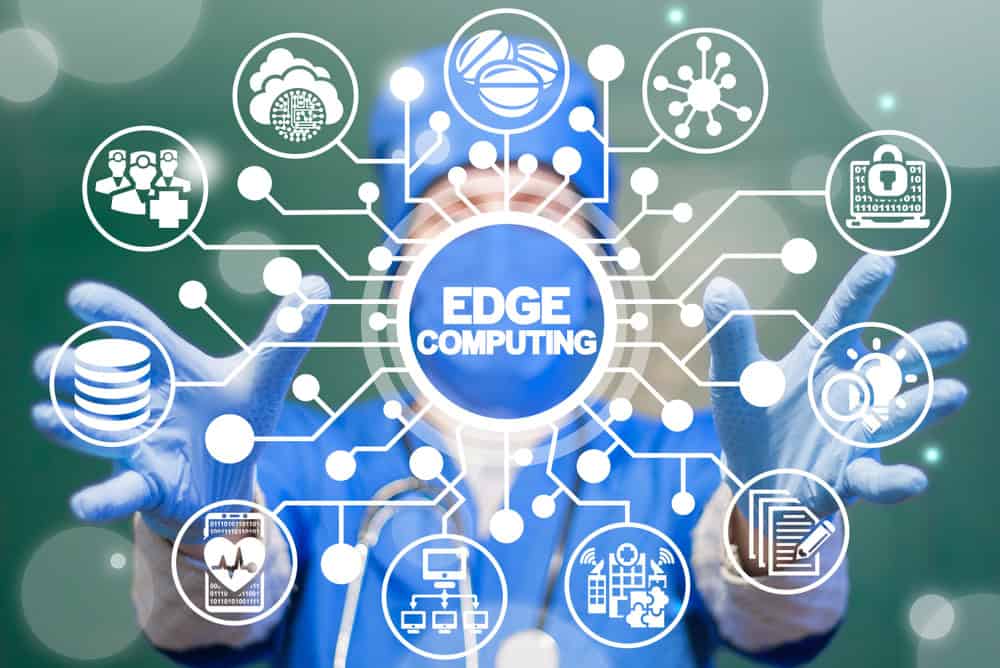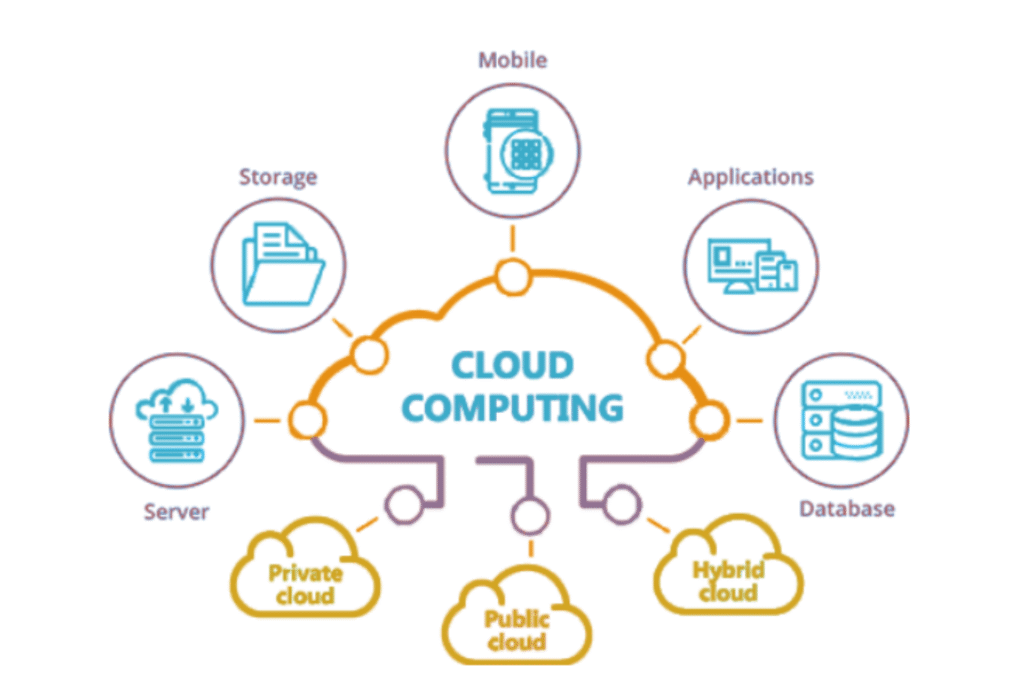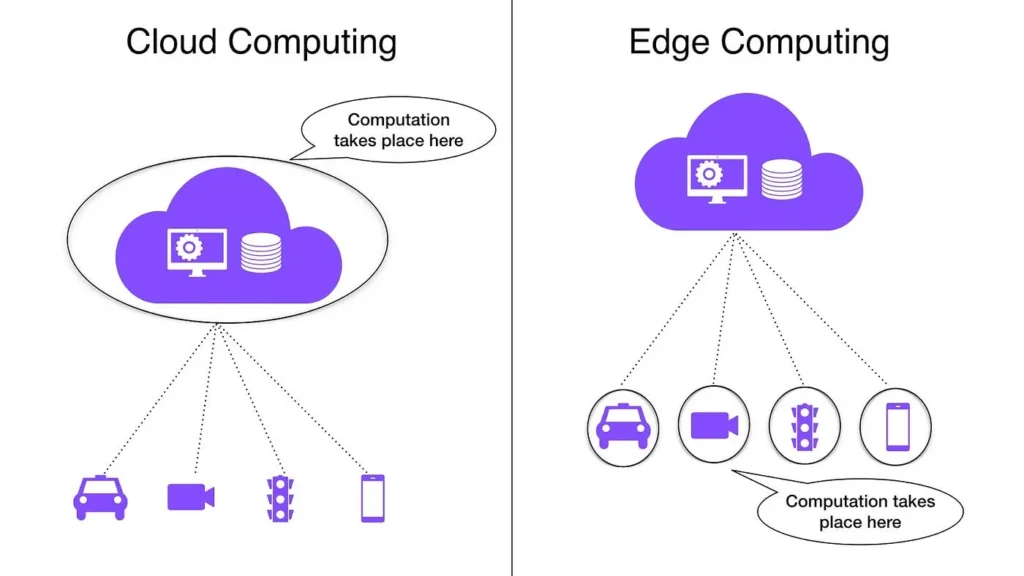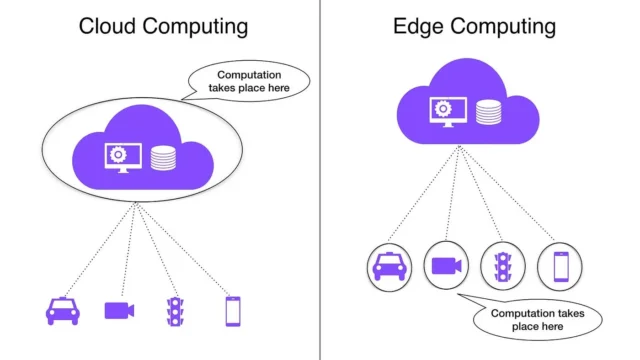In today’s data-driven world, the crossroads between Edge Computing and Cloud Computing is more critical than ever. As enterprises pivot to satisfy demands for speed, compliance, cost-efficiency, and innovation, the pressing question remains: Which is the future of data? Or could it be that the real future lies in a hybrid blend of the two? Let’s take a walk through the evolving landscape, in a tone that feels personal, yet firmly grounded in tech‑savvy insight.
Table of Contents
Understanding the Landscape
Let’s start with the basics. Cloud Computing refers to data processing and storage happening in centralised, often remote data centres. It’s the backbone behind many services we use—scalable infrastructure, accessible anywhere, ubiquitous reliability. As Spyrosoft outlines, logic and analytics often happen miles from where the data originates. Similarly, Nvidia’s blog describes how cloud services let businesses scale, stay flexible, and benefit from simplified IT management.
On the flip side, Edge Computing brings data processing closer to its source, right where the action happens. Think smart sensors, IoT devices, even your smartphone—processing happening there, rather than making the round trip to a server farm.
Why Edge Matters — and Why It’s Already Here
Real-time responsiveness is Edge’s prime strength. Whether it’s a self-driving car making split-second decisions or urgent health data from a wearable, delays must be avoided. Edge delivers near-instant analytics—literally milliseconds—with minimal latency.
The bandwidth issue also plays a starring role—massive IoT-generated data can clog networks. Edge computing reduces the need to ship all that raw data to the cloud. You process locally, send only what matters.
Reliability too: in cases of poor internet or outages—common in remote strata—edge infrastructure keeps working autonomously as required.
However, Edge isn’t without its challenges. Security becomes more complex with decentralised nodes; each device must be secured. Plus, setting up local infrastructure can mean substantial upfront costs.

Cloud Still Holds Strong
Cloud computing remains indispensable for its scalability, cost efficiency, and central control. It enables organisations to access vast compute resources on demand, maintain backups, ensure redundancy, and manage workflows at enterprise scale—all without owning and operating hardware.
Security at the cloud level benefits from large investments by providers in encryption, access controls, compliance frameworks, and global infrastructure.
Cloud also excels in handling big data analytics, AI training, and long-term storage—the heavy-lifting workloads that require brute computational force.

Predictions and Market Trends
Reports and ratings tell a compelling story. Gartner predicted that by 2025, 75% of enterprise-generated data will be created and processed outside traditional data centres or the cloud—underscoring the rising importance of Edge.
Meanwhile, financial forecasts show that by 2030, cloud services could constitute a market worth over US$2.39 trillion, with Edge computing accounting for about US$155.9 billion—solid numbers on both fronts.
The AI Factor: Why It’s Pushing Edge Forward
Artificial intelligence adds another dimension to the discussion.
Recent commentary from AMD’s CTO Mark Papermaster confirms that AI inference—the execution of trained models—is increasingly shifting from data centres to local devices such as phones and laptops. By 2030, most inference is expected to happen on-device. This decentralisation trend boosts Edge’s significance.
Likewise, analysts note that cloud platforms are evolving to better support AI, but they still face constraints around cost, GPU availability, and latency. Hybrid models that include Edge components are emerging as logical choices.
A Hybrid Future: Not an Either‑Or
The most balanced view? Edge and Cloud don’t battle—it’s not “either/or”—but they complement each other.
Edge tackles real-time, latency-sensitive workloads, while Cloud handles scale, heavy computation, data consolidation, and long-term analytics.
Financial advisors, and indeed tech leaders, see this hybrid model as a savvy investment path—marrying efficiency with performance.
What This Means for Nigeria (and Africa)
Now, here’s where I humanise things for Nigerians:
- Network challenges remain in many parts of the country—especially rural areas. Edge computing can handle critical tasks even when internet access is patchy, making it particularly relevant for healthcare, agriculture, and manufacturing contexts.
- Data sovereignty is no joke. Keeping data processing local helps maintain compliance with local regulations and avoids undue reliance on foreign cloud providers.
- Capacity building is vital. Nigeria recently launched the 3MTT initiative, training millions in cloud computing, data science, AI, and more—if we couple that with Edge technology skills, we can leapfrog in tech infrastructure.
- Leapfrog opportunities: African fintech, agritech, and medtech can harness Edge for real-time insights, without massive investments in central infrastructure.
In short, Nigeria stands to benefit from adopting a hybrid model—using Edge where latency or data control matter most, and leveraging cloud for analytics, storage, AI training, and scalability.

Where’s the Future?
So, what is the future of data? The short answer: the future is blended. Edge computing is essential for immediacy and autonomy, while cloud computing remains the engine for scale, heavy processing, and central control.
Organisations should see them not as rivals but as partners in a smarter infrastructure strategy—one that is agile, cost-effective, innovative, and secure.
In Nigeria and across Africa, that means investing in skills, building resilient local infrastructure, and embracing hybrid models that deliver both speed and scale in service of innovation.
Join Our Social Media Channels:
WhatsApp: NaijaEyes
Facebook: NaijaEyes
Twitter: NaijaEyes
Instagram: NaijaEyes
TikTok: NaijaEyes








































